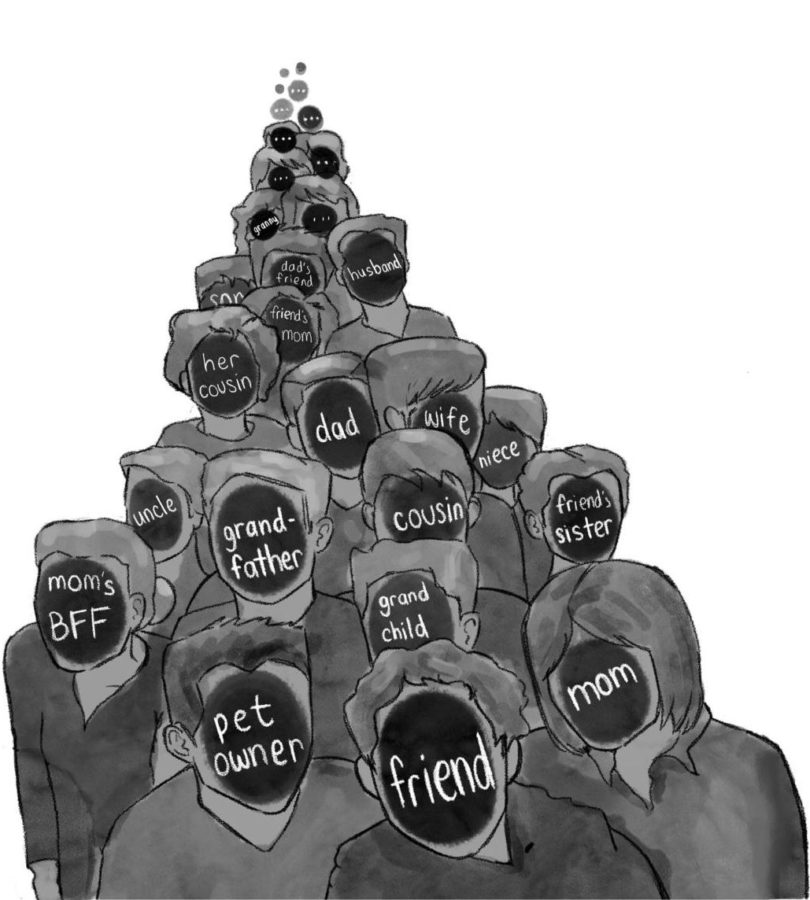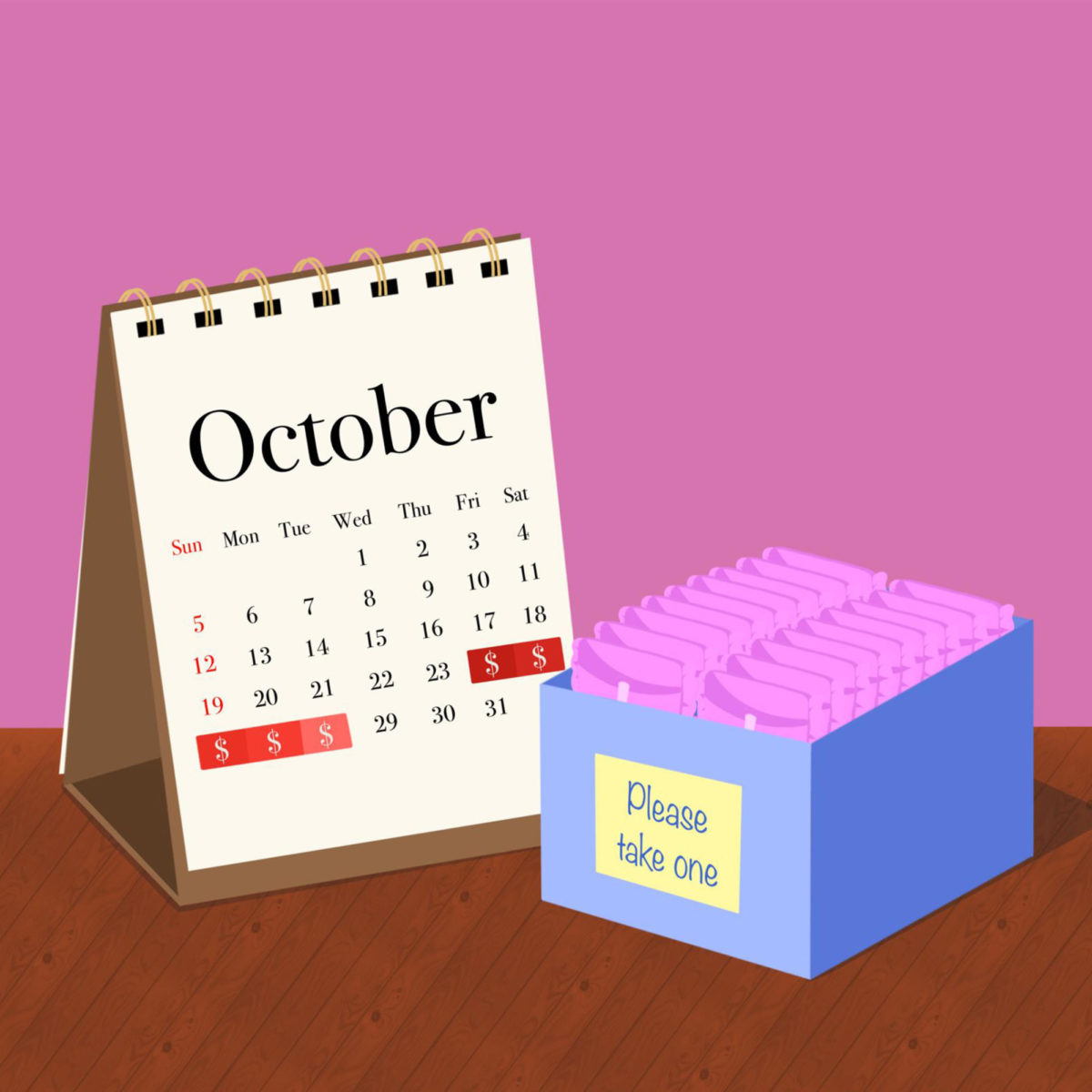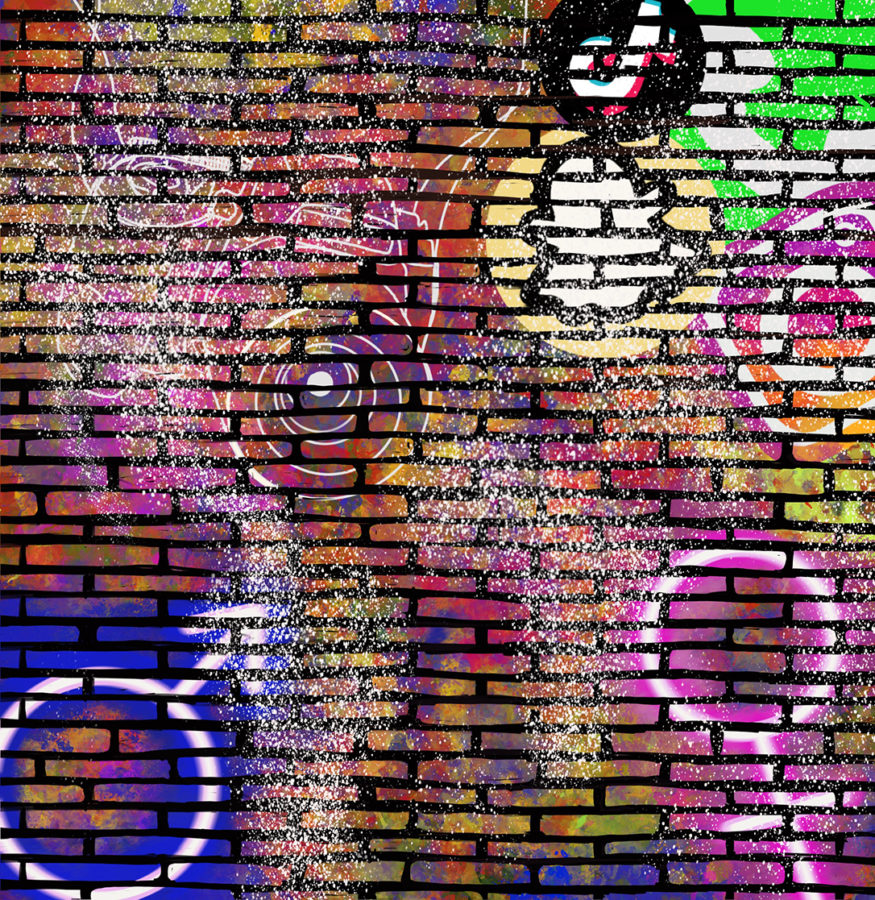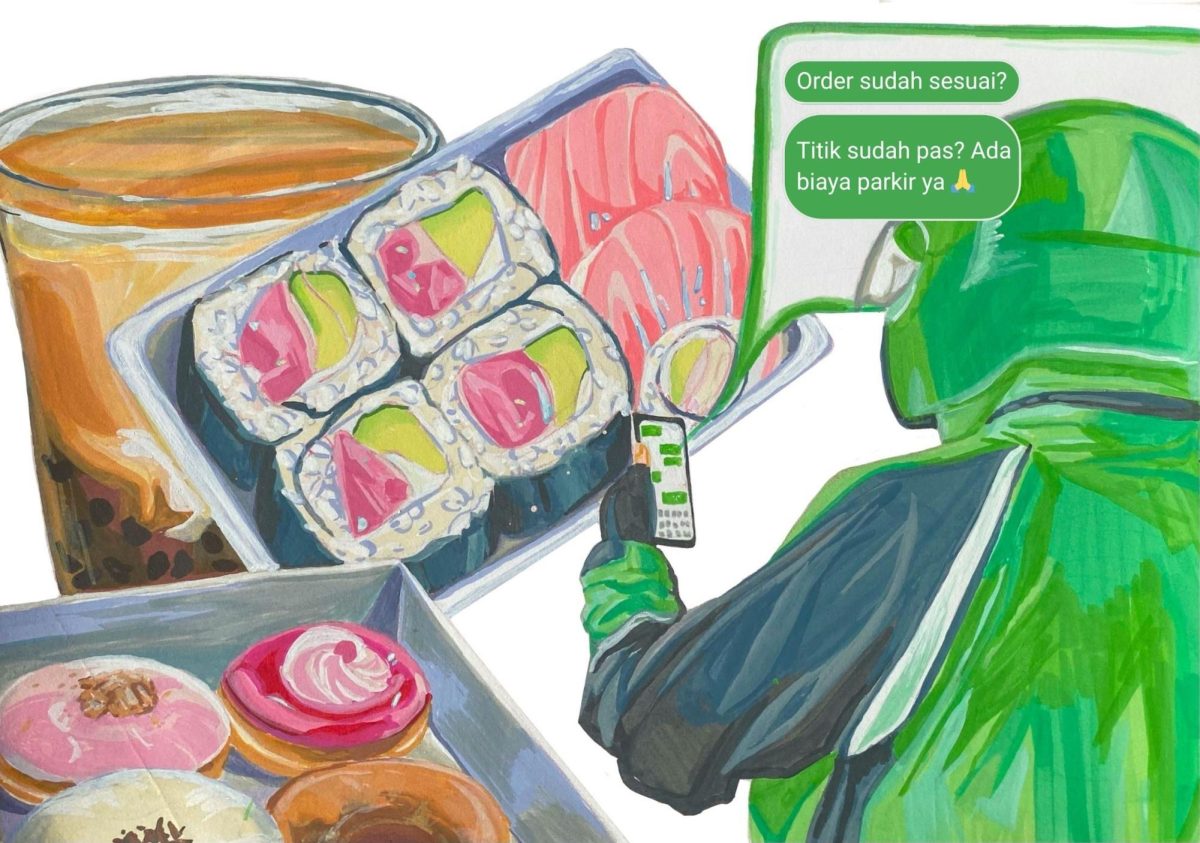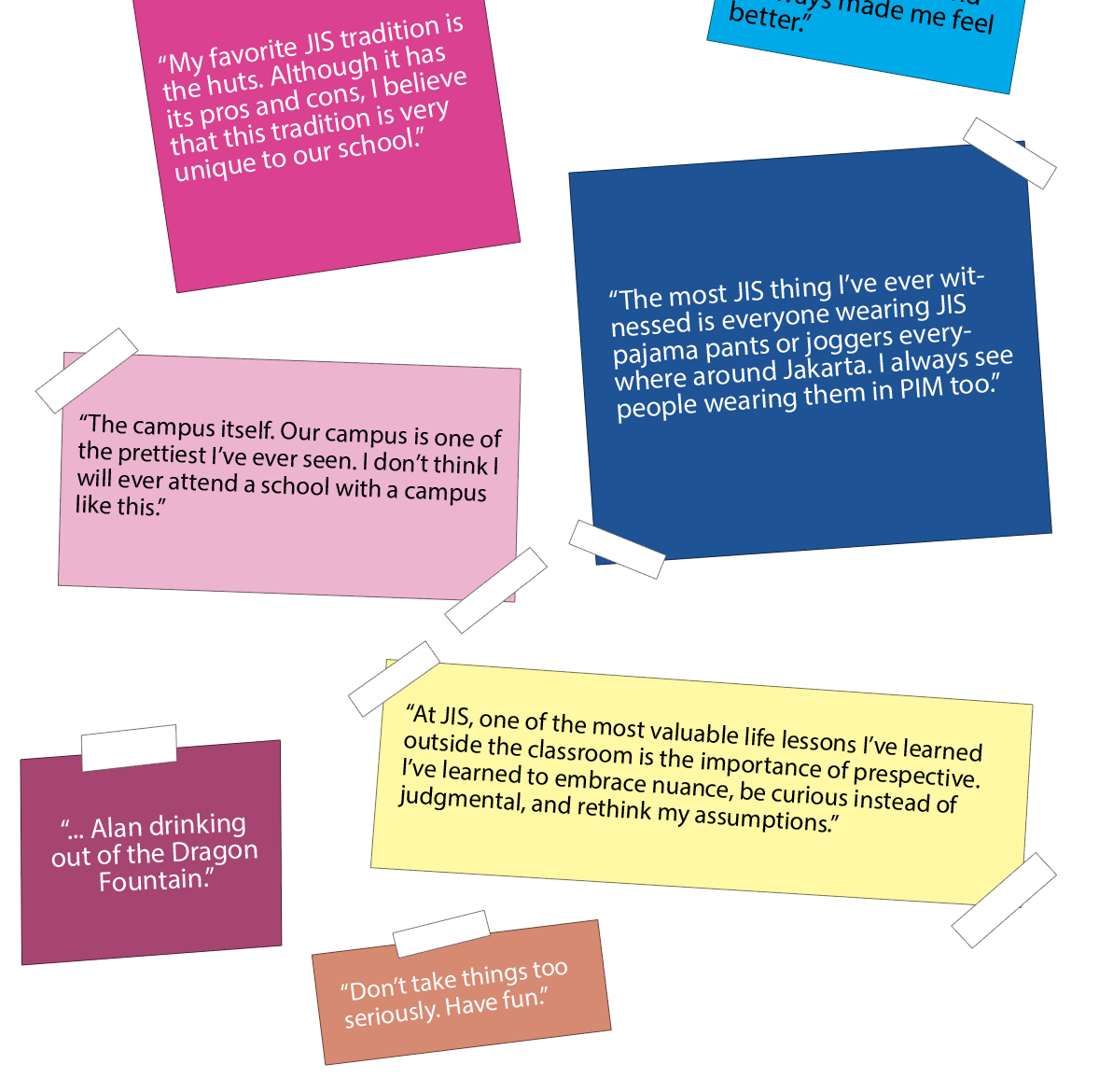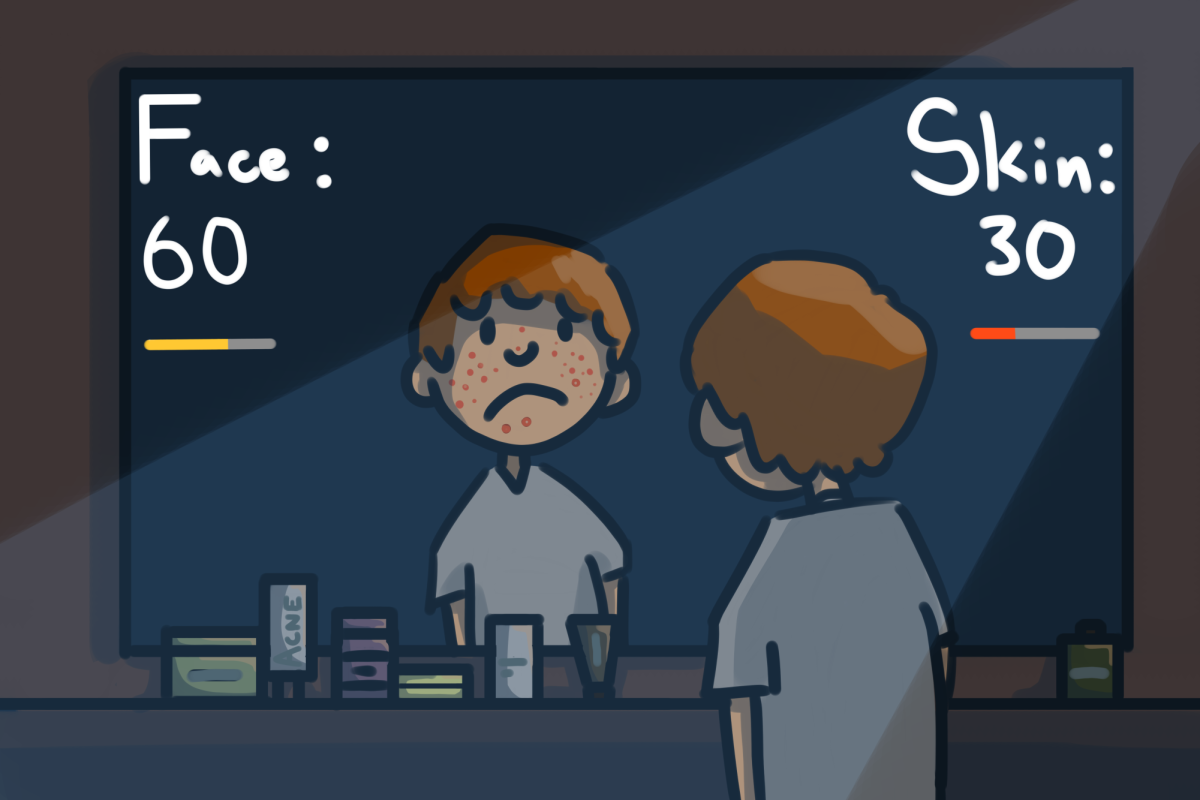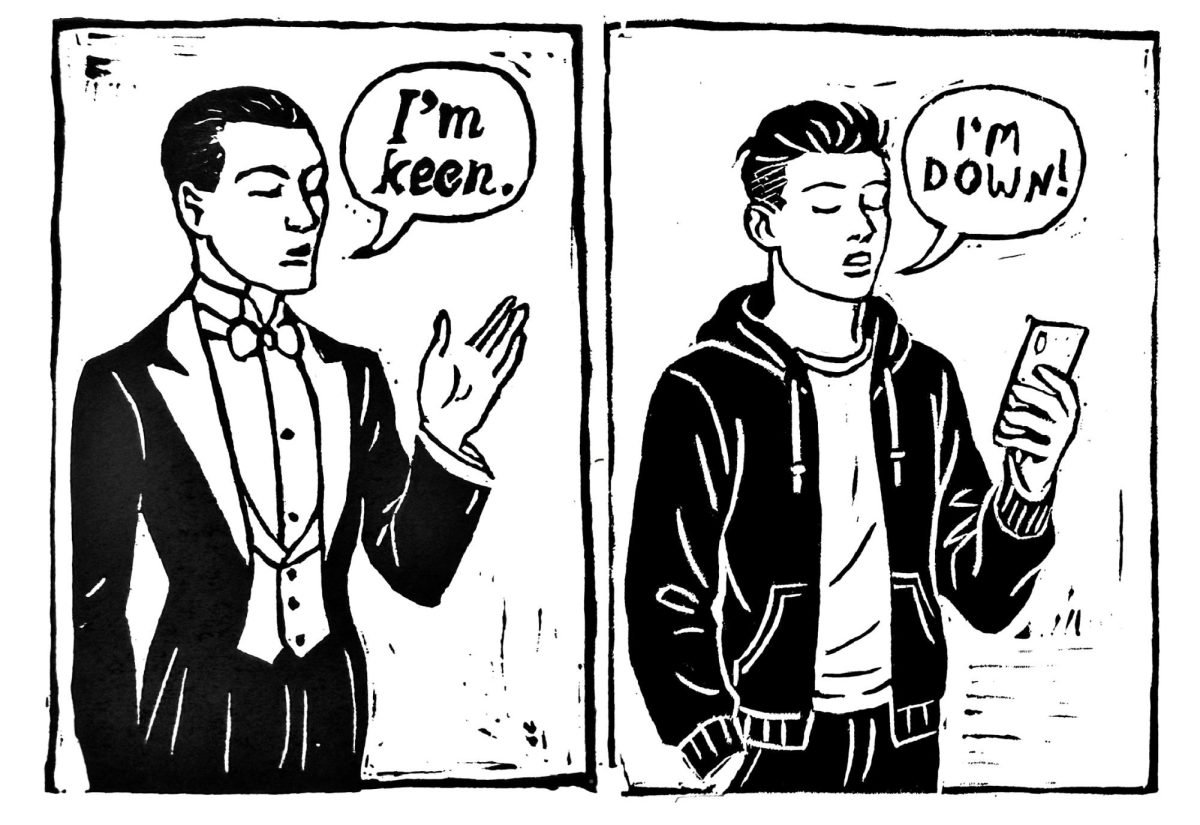When taking a glance at the world around us, we often overlook society’s tight grasp on their digital screens. Amidst the constant notification alerts and the endless Instagram reels, we fail to recognize the strong influence technology really has on our lives. As social media rapidly evolves and information becomes more accessible, the line between fact and fiction blurs. The media has captured the public eye and will continue to shape narratives, viewpoints, and opinions. Whether through news articles, posts, blogs, infographics, or even memes, the media has a way of getting around the truth, and forms of false information are unveiled.
The Role of the Media
When the phrase “social media” is mentioned, the average teenage mind associates it with popular platforms such as TikTok, Instagram, or Snapchat. Platforms like these provide the benefit of instantaneous distribution of information to the general public.
Social media has revolutionized communication and our ways of self-expression. Whether leisurely scrolling through digital feeds or actively posting content, the undeniable fact is that media platforms offer a vast range of entertainment and utility. With these advantages, there is no doubt social media has captivated the minds of many. A global report by reporter Simon Kemp reveals that over five billion people are active on social media. However, beyond engagement and usefulness, these platforms foster competition, where every creator rivals for attention.
Social media utilizes a set of programs that decide on certain content to highlight varying user interactions: likes, shares, favorites, or simply viewing a post. This is referred to as “the algorithm.” The algorithm prioritizes engaging content specifically selected for each individual, making social media incredibly addictive.
Due to the widespread attraction to entertainment, creators tend to make content based on amusement rather than authenticity. Following this trend, a study by the National Center for Biotechnology Information displays that false information is 70% more likely to be shared than factual information.
Missed or Dissed?
In the digital era, information disperses swiftly and profusely, molding our perceptions and beliefs in ways that can be beneficial or damaging. Given this, acknowledging the prevalence of false information and its impact on society is essential in navigating the technology-driven world. When browsing through social media, one must be mindful of the two general types of false information: misinformation and disinformation.
The distinct difference between misinformation and disinformation is that misinformation is mistaken, inaccurate information, and disinformation is intentionally false. Misinformation is the transmission of false knowledge, usually spread by individuals unaware of its validity. Disinformation is the intended spread of false facts, meant to deceive or manipulate the public view, and is spread by individuals trying to gain publicity or economic gain. While misinformation arises from innocent inaccuracies, disinformation is spread deliberately and maliciously.
Recognizing False Information
As social media continues to surge, unparalleled access to information is revealed. Though this is exceptionally valuable, it also means unrivaled potential for the growth of untrustworthy knowledge. With the amount of false information set to escalate, the need for critical judgment becomes more and more necessary. Combating false information is crucial to avoid this growing everyday phenomenon—so, in what ways can we become better informed?
Fact-checking—the process by which information is further investigated to test its authenticity—is a simple and vital skill in countering false information. When examining information, start by verifying that the source is up-to-date, credible, and trustworthy.
Then, double-check the facts and remember to always keep possible bias in mind— even when using reliable sources. Though these steps do not mitigate exposure to fake news, they help distinguish the accuracy of information encountered and develop analytical thinking skills.
To reduce the consumption of false information, limiting social media usage is the immediate solution. By lowering time spent on platforms prone to inaccurate content, individuals mitigate exposure to unreliable sources.
Instead of spending spare time aimlessly browsing apps like Facebook or Instagram for recent news, this time can be redirected towards reliable news sources like The New York Times Magazine. Cutting exposure to platforms notorious for misinformation is the best step toward building a personal dedication to truthfulness.
In this innovative age, encountering untruthful information is inevitable as everyone relies on technology. Considering this, social media should not be entirely refrained from but cautiously approached. As the line between fact and fiction continues to blur, let us learn to recognize and counteract the lies hidden behind the likes.



